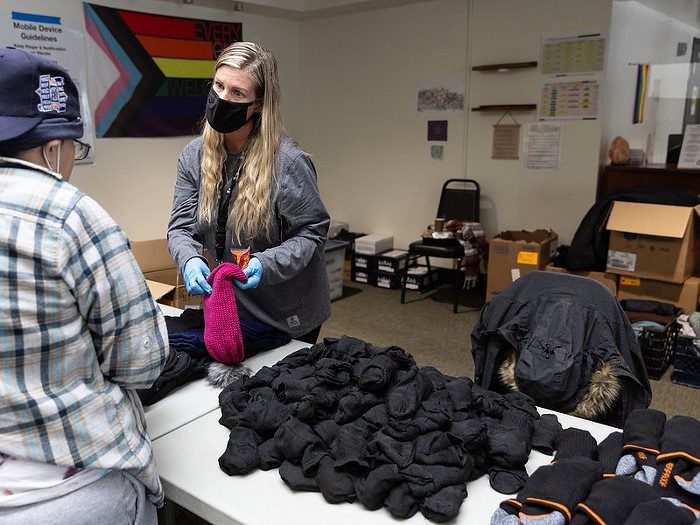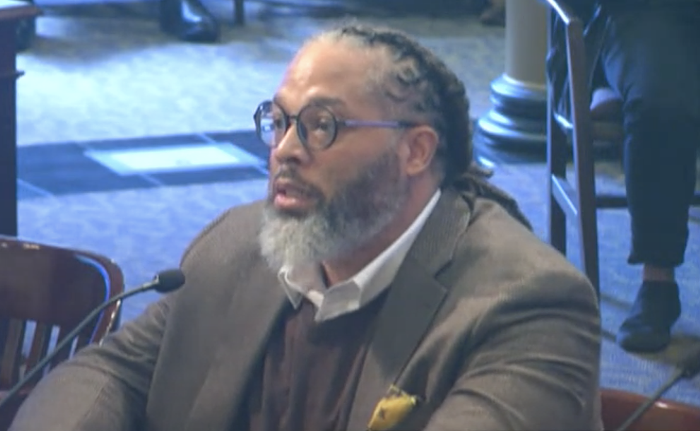
Back in 2015, Oregon State Police reported that thousands of rape kits were being left to gather dust in police departments across the state—4,900 to be exact. That number was down to 1,100 at the end of 2017, according to new state audit of Forensic Services Division of the Oregon State Police. Oregon State Police (OSP) expects to reduce that backlog to zero by the end of 2018.
That’s largely thanks to Melissa’s Law, a 2016 law designed to pressure law enforcement into testing that entire backlog. It requires OSP to test all non-anonymous Sexual Assault Forensic Evidence (SAFE) kits, provide test results to the Federal Bureau of Investigation’s Combined DNA Index System (CODIS), and report progress to the state legislature on a yearly basis.
Before Melissa’s Law was enacted, the audit says it was often up to officer discretion to determine if a SAFE kit got tested. Because testing resources were limited, officers often chose to submit other evidence instead, leaving SAFE kits untested on evidence locker shelves.
But the new law has already helped the state forensics team solve violent crimes. Earlier this year, Portland Police announced its first conviction based on backlogged SAFE kit evidence, ten years after the crime was initially reported.
Often these convictions come from the use of CODIS, which matches DNA to a federal database of criminals. According to the audit, 37 percent of SAFE kits processed by OSP in 2017 helped create a criminal profile to add to CODIS, and 11 percent resulted in a match, which can be used to convict serial offenders.
Though the backlog is decreasing, the audit states that “OSP has seen a steady increase in the number of pending SAFE kits over the last two years,” which it attributes to a surge in submissions from local law enforcement agencies trying to clear their backlogs.
OSP’s rate of testing was slow in early 2017 because DNA analysts were needed to train new hires, but they sped up over the course of the year and “the number of SAFE kits completed increased substantially over the course of 2017.”

The focus on SAFE kits has stalled testing of DNA involved with property crime. That aspect of the program is on hiatus until the backlog is cleared. Auditors warn that this could create a new backlog of untested property crime DNA that will have to be dealt with as well.
The audit offers a sunshiney view of the effort to clear the statewide backlog of untested kits, but auditors had three recommendations: publicly post regular SAFE kit status reports, provide tracking options for SAFE kits, and start planning for how to deal with the coming backlog of untested property crime DNA.
Alex Gardner, the director of the forensic services division, wrote a response to the audit recommendations and agreed with every one.
“OSP is focused on fully eliminating the SAFE-kit backlog by the end of 2018,” he writes, adding that OSP “could” be ready to accept DNA work on property crime in early 2019. But with the high rate of property crime in Oregon, fully testing all felony property crime evidence would double the workload of the DNA unit. Gardner writes that testing on those kits will come incrementally as resources allow.
As for tracking of SAFE kits, the OSP is working with Portland Police Bureau (PPB) on a tracking software called SAMS that should be up and running later this year.
Portland, for its part, has shipped its full backlog of 1,800 SAFE kits for testing, and 1,726 of those kits have been completed, according to PPB.


















